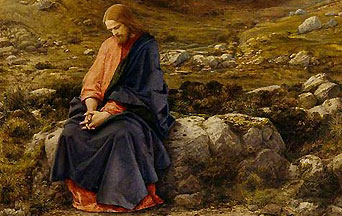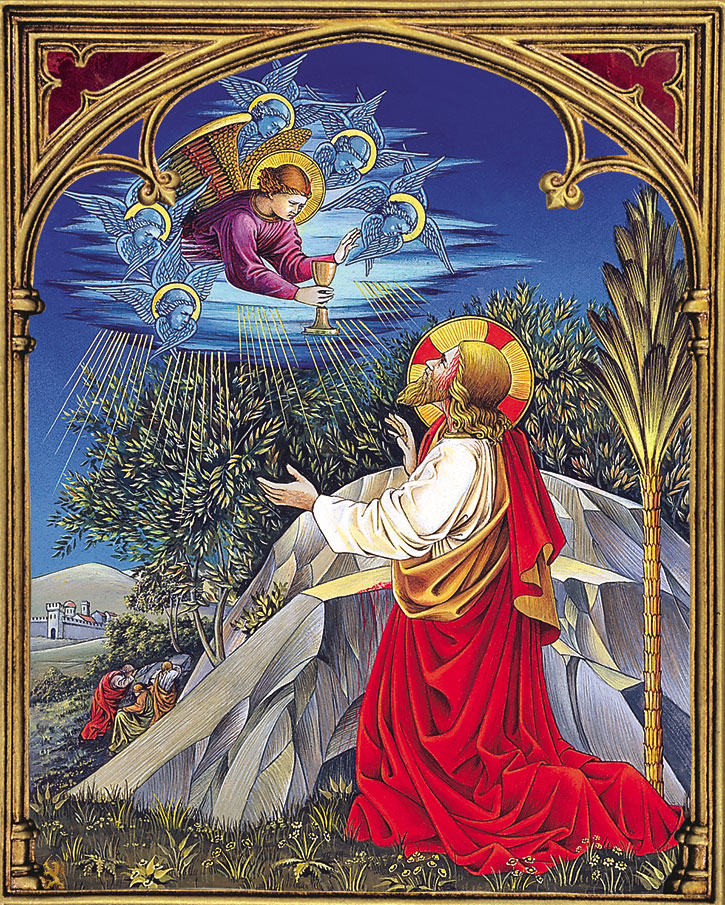
To be like Our Lord Jesus Christ was the ideal that inspired the Middle Ages. Medieval man desired to be linked to Him in the most complete way possible; to lose himself in Him.
These sentiments were not only loving movements of admiration and awe. Medieval man took them to their final consequences, reasoning that Christ could have come to Earth in all His glory, shining forth for all the nations. Yet He chose the hardest, saddest, and most terrifyingly difficult path to accomplish His mission for our salvation. Stirred by gentle compassion, the medieval mind was “saturated with the concepts of Christ and the cross.”1
With inflexible uprightness, he noted how Our Lord foresaw His sufferings yet nevertheless embraced the Cross, accepting it even to the point of asking with touching supplication: “Father, if thou wilt, remove this chalice from me: But yet not my will, but thine be done” (Lk 22:42).

The Medieval Spirit of the Anima Christi
Although not from the medieval period, Saint Ignatius of Loyola’s prayer Anima Christi conveys the same intense medieval desire of union with Christ. He implores:
Soul of Christ, sanctify me.
Body of Christ, save me.
Blood of Christ, inebriate me.
Water from Christ’s side, wash me.
Passion of Christ, strengthen me.
O Good Jesus, hear me.
Within Thy wounds hide me.
Suffer me not to be separated from Thee.
From the malicious enemy defend me.
In the hour of my death call me.
And bid me come unto Thee,
That I may praise Thee with Thy Saints and with Thy Angels
Forever and ever. Amen.
(Excerpt taken from Return to Order: From a Frenzied Economy to an Organic Christian Society–Where We’ve Been, How We Got Here and Where We Need to Go, pp. 336-337.)

